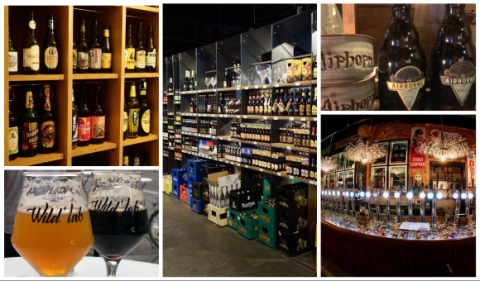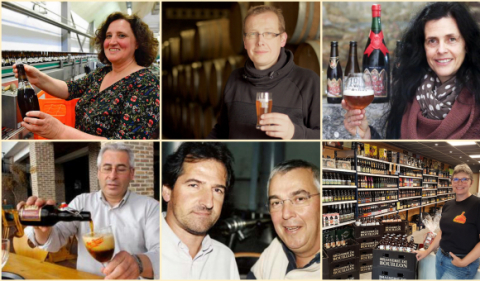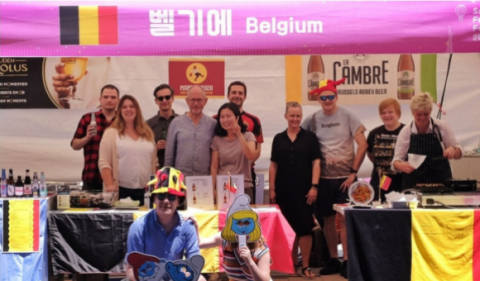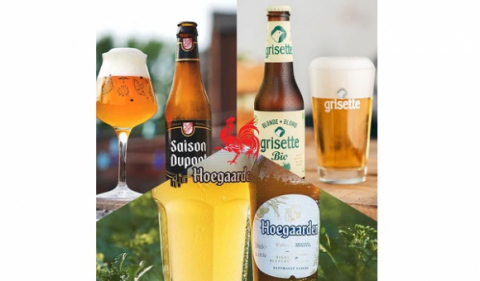Wallonia.be brand ambassadors share their experiences with you! Become an ambassador to share your experiences, your activities, and your successes on this blog.

Five beer places you can't miss on your trip to Wallonia
With the arrival of good weather, spring is the time of year for many to plan their next vacation

Immersion in the Heart of the Emirati Market: An Unforgettable Experience in Dubai
As part of our third year in marketing, we had the privilege of representing Skylane Optics, a Be

Neverending story of my life as an artist.
As a representative of Wallonia.be and an artist, I’d like to share a bit about my journey.

Seven key persons to understand the Walloon beer sector
According to historians, the first beers brewed in what is now Belgium date back to the 6th<

What exactly are the Walloon clusters?
We often hear about the Walloon clusters, but how many of us truly understand what they bring to...

Belgium in South Korea: The Belgian Korean Business Forum in action!
Belgians, particularly the Walloons, have a longstanding tradition of establishing networks abroad...

Three walloon beer styles: Saison, Grisette and Blanche
For many people, beers are still classified just by their color: the vast majority are blonde or

A trip through Wallonia with its best beers
Belgium is one of the countries in the world with a deepest-rooted beer tradition and culture.

Video Game Industry in Belgium: Focus on Tax Shelter
Since the first video game was developed in 1985, the video game industry has gained significant...

The Most Famous Walloon Chocolatier in South Korea
Whether you're a chocolate lover or not, you've probably heard his name at least once! Pierre...
Giving meaning to the journey... 5,000 km by solar bike to help Ukrainian women and children who are refugees in Moldova
5,000 km by solar bike ...

Un exemple wallon de résilience !
Ils avaient tout à gagner.


